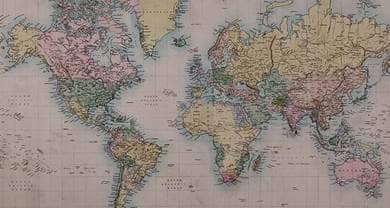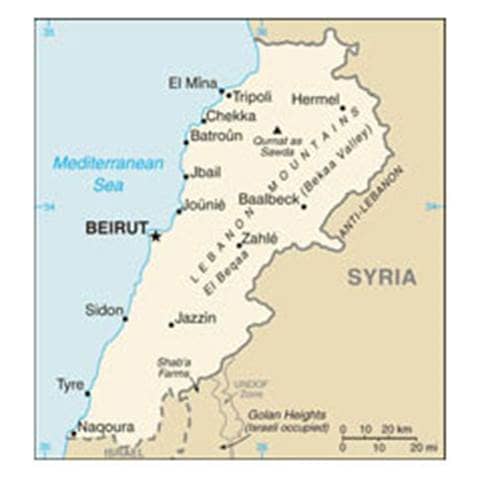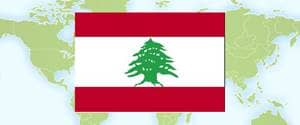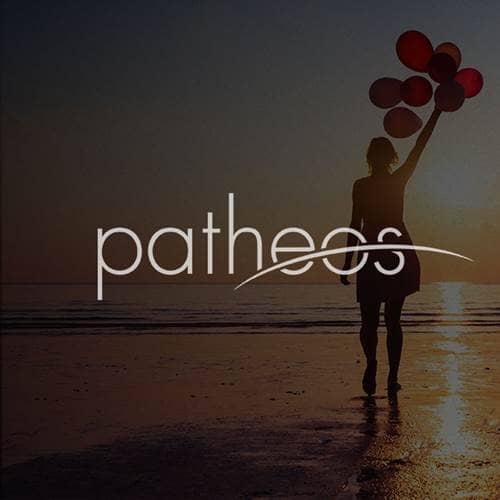- Trending:
- Pope Leo Xiv
- |
- Israel
- |
- Trump
- |
- Social Justice
- |
- Peace
- |
- Love

RELIGION LIBRARY
Lebanon

The country has an area of 4,035 square miles and a population of 4 million. Because parity among confessional groups remains a sensitive issue, a national census has not been conducted since 1932. However, the most recent demographic study conducted by Statistics Lebanon, a Beirut-based research firm, showed 28 percent of the population is Sunni Muslim, 28 percent Shi'a Muslim, 21.5 percent Maronite Christian, 8 percent Greek Orthodox, 5 percent Druze, and 4 percent Greek Catholic. Over the past 60 years, there has been a steady decline in the number of Christians as compared to Muslims, mostly due to emigration of large numbers of Maronite Christians and a higher than average birth rate among the Muslim population. There are also very small numbers of Jews, Baha'is, Mormons, Buddhists, and Hindus.
Of the 18 officially recognized religious groups, 4 are Muslim, 12 Christian, 1 Druze, and 1 Jewish. The main branches of Islam practiced are Shi'a and Sunni. The Alawites and the Isma'ili ("Sevener") Shi'a order are the smallest Muslim communities. The Maronite community, the largest Christian group, has had a centuries-long affiliation with the Roman Catholic Church but has its own patriarch, liturgy, and ecclesiastical customs. The second largest Christian group is the Greek Orthodox Church, principally composed of ethnic Arabs who maintain a Greek-language liturgy. Other Christians are divided among Greek Catholics, Armenian Orthodox (Gregorians), Armenian Catholics, Syriac Orthodox (Jacobites), Syriac Catholics, Assyrians (Nestorians), Chaldeans, Copts, Evangelicals (including Protestant groups such as the Baptists and Seventh-day Adventists), and Latins (Roman Catholic). The Druze, who refer to themselves as al-Muwahhideen, or "believers in one God," are concentrated in the rural, mountainous areas east and south of Beirut. Divisions and rivalries among various groups date back many centuries, and while relationships among religious adherents of different confessions were generally amicable, group identity was highly significant in most aspects of cultural interaction.
Many persons fleeing religious mistreatment and discrimination in neighboring states have immigrated to the country, including Kurds, Shi'a, and Chaldeans from Iraq, as well as Coptic Christians from Egypt and Sudan. According to the Secretary General of the Syriac League, 50,000 Iraqis have immigrated to Lebanon since 2003, and approximately 5,000 Coptic Christians live in Lebanon.
| Population | Population (2009 est.) 4,017,095 |
| Religious Demographics | Muslim 59.7% (Shi'a, Sunni, Druze, Isma'ilite, Alawite or Nusayri), Christian 39% (Maronite Catholic, Greek Orthodox, Melkite Catholic, Armenian Orthodox, Syrian Catholic, Armenian Catholic, Syrian Orthodox, Roman Catholic, Chaldean, Assyrian* - *1 *2, Coptic, Protestant), other 1.3% |
| Ethnic Groups | Ethnic Groups Arab 95%, Armenian 4%, other 1% |
| Languages | Languages Arabic (official), French, English, Armenian |
| Country Flag |  |










